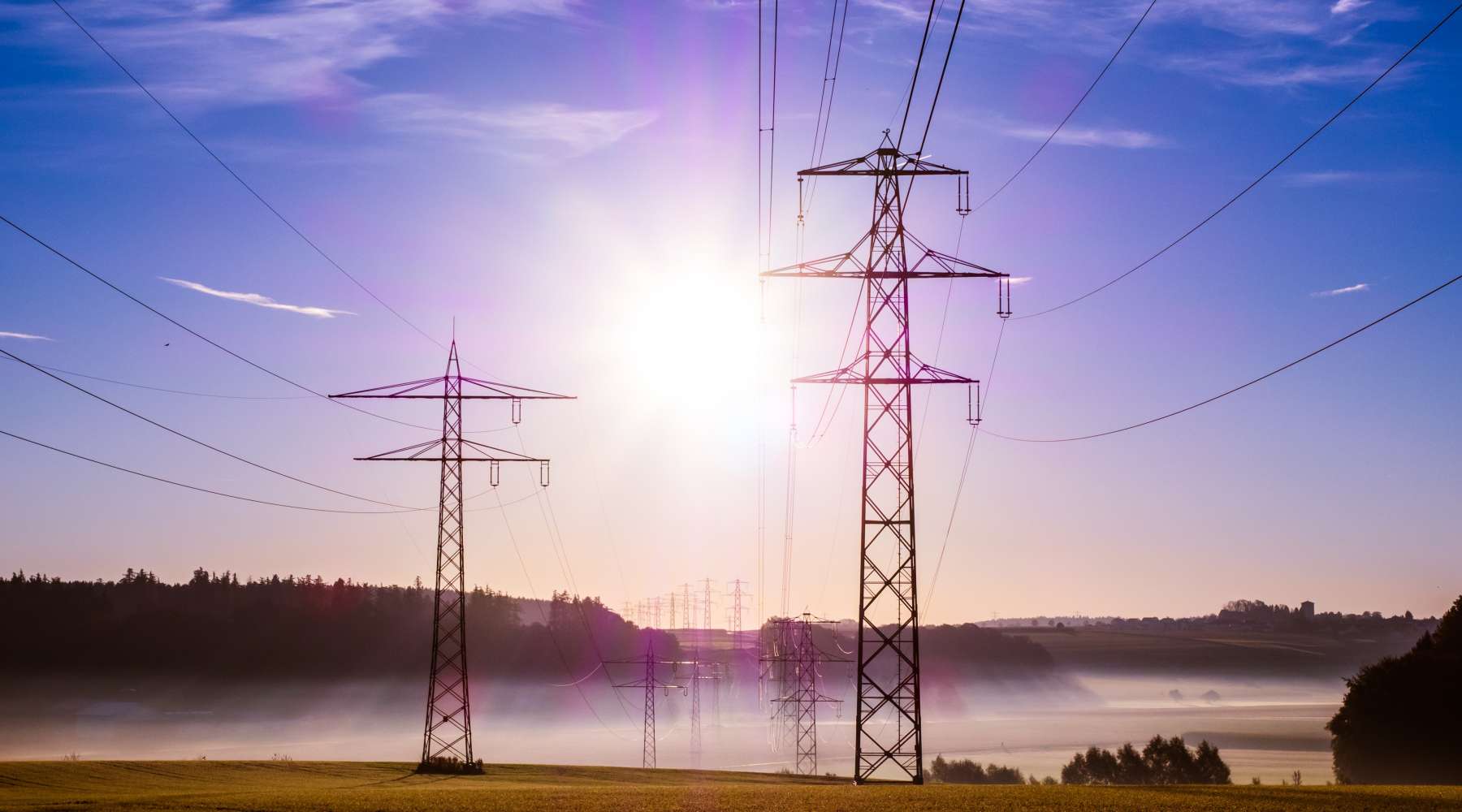
Sandwiched between fall semester classes, club meetings and recruiting events, a group of Tuck and Thayer students recently enjoyed a September afternoon exploring the US energy industry. This one-day course, sponsored by the Revers Center for Energy, gave a broad overview of the energy landscape from customers to physical system and operations and finally to regulations within the industry.
To begin the course, we started with the end: the consumer. Who are the gas and electric customers in the US and what drives their demand? What are the most important factors that drive that demand and how do they vary amongst residential, commercial and industrial users? The discussion then moved on to the physical systems and operations that allow us to obtain and energy and transport it vast distances to individual homes or large companies. We explored where natural gas is found beneath the Earth’s surface as well as how it is extracted and then delivered to millions of users across the country. It was also fascinating to delve more into how the electric delivery system operates by ‘stepping up’ the voltage from generation sources such as nuclear, natural gas, or renewables. This voltage increase allows the transmission system to carry the current much longer distances, making it easier to distribute to the end consumers.
Finally, we ended with a discussion of regulation and how it has led to a restructuring of both the gas and electric industries. However, the changes in regulation between the two have not moved in lock-step. The electric industry has lagged the gas industry in deregulating their wholesale markets – this has led to greater competition in the gas industry as compared to the electric industry within those wholesale markets. Additionally, the retail markets vary in regulation from state-to-state. All of this creates a complicated regulatory environment in which a deep understanding is essential to effectively navigate the ever-changing landscape.
All in all, this course provided a fantastic overview of the energy industry, especially for an energy beginner like me. Not only was John Ferrare, our instructor, deeply knowledgeable, but my fellow classmates with experience in the industry added excellent insights that improved my understanding of the material. They, along with April Salas, Executive Director of the Revers Center for Energy, were also able to provide many interesting and pertinent anecdotes that gave color to many of the topics discussed that furthered the class discussion. Despite the hectic first few weeks of this semester, I, along with many of my fellow classmates, am happy to have attended the this immersive introduction to the energy industry.